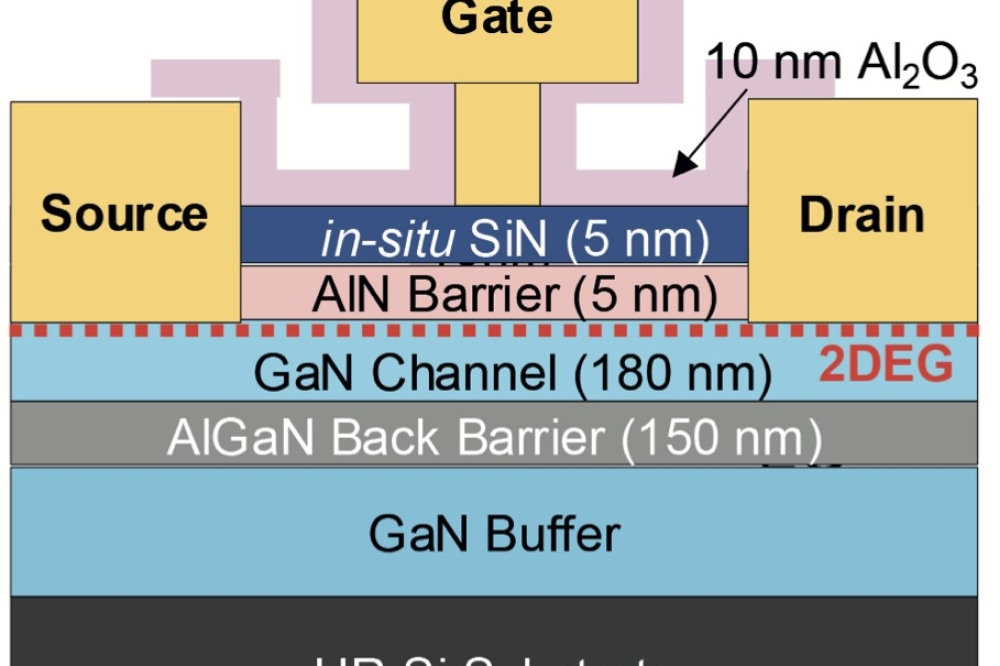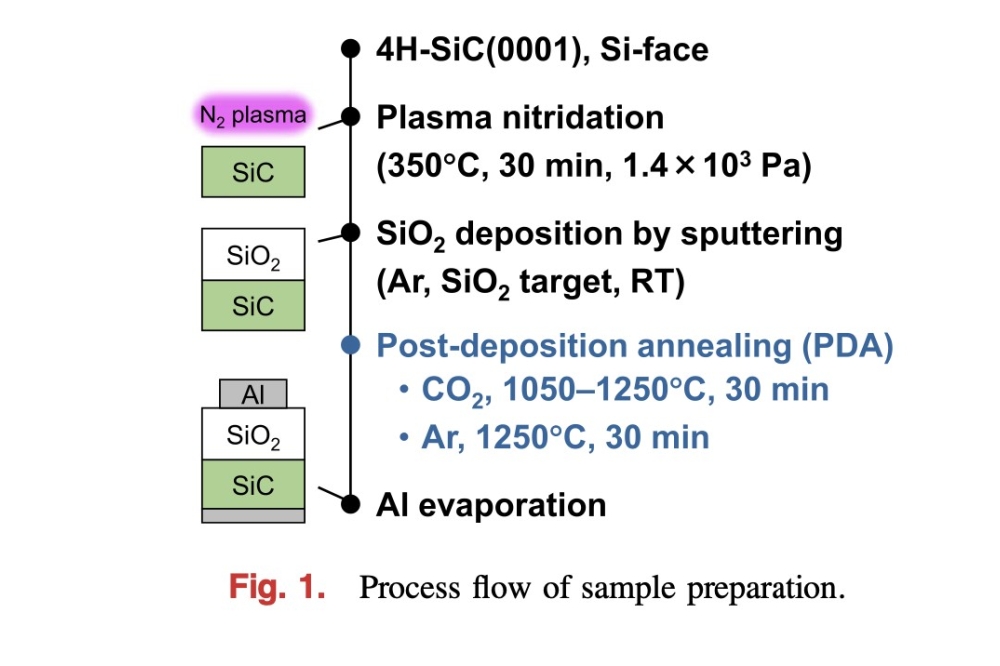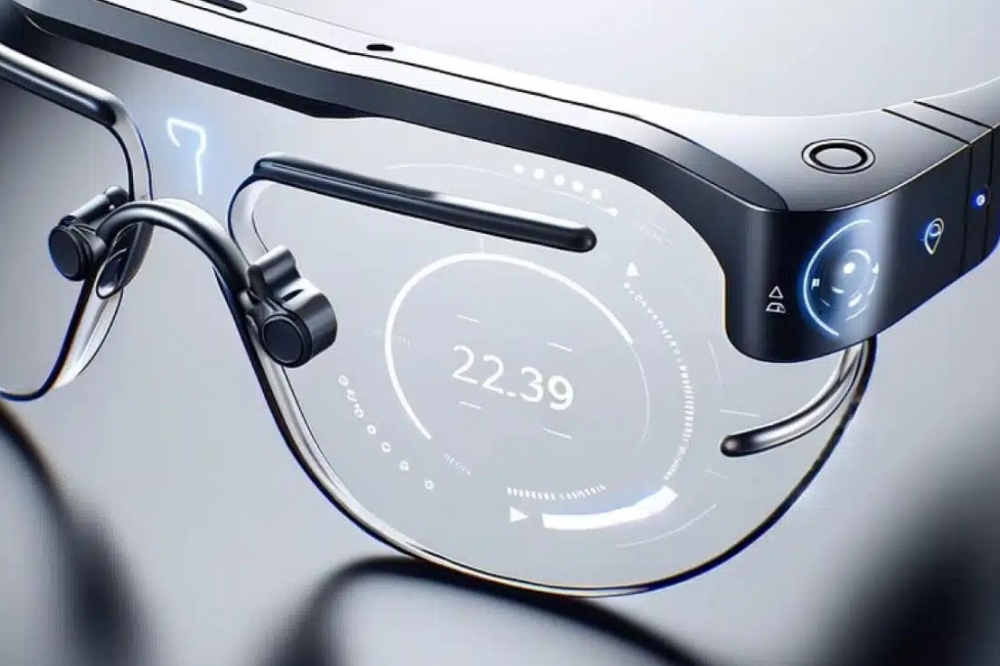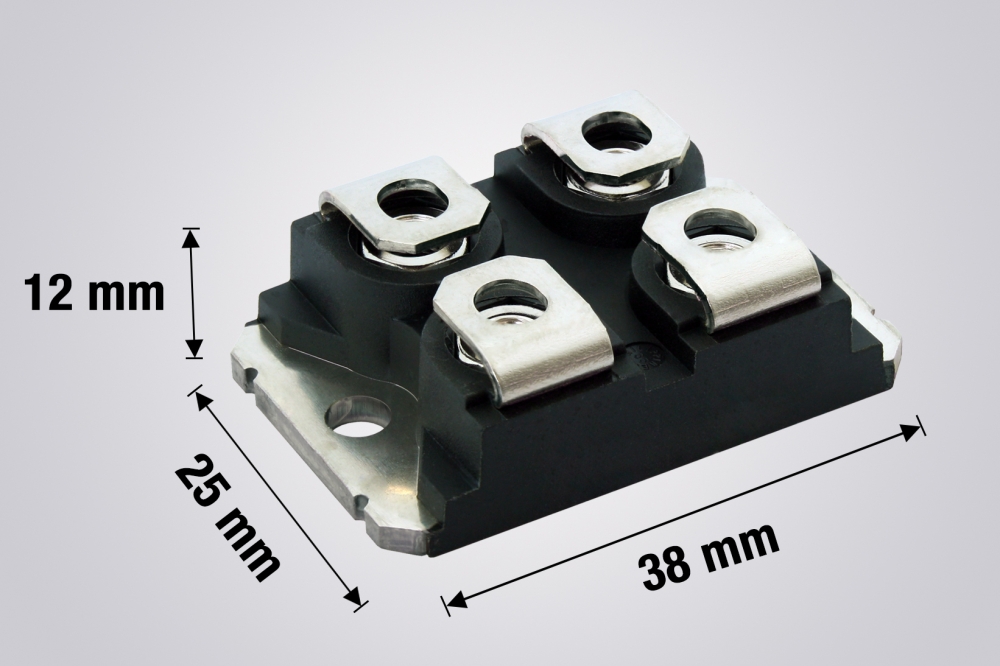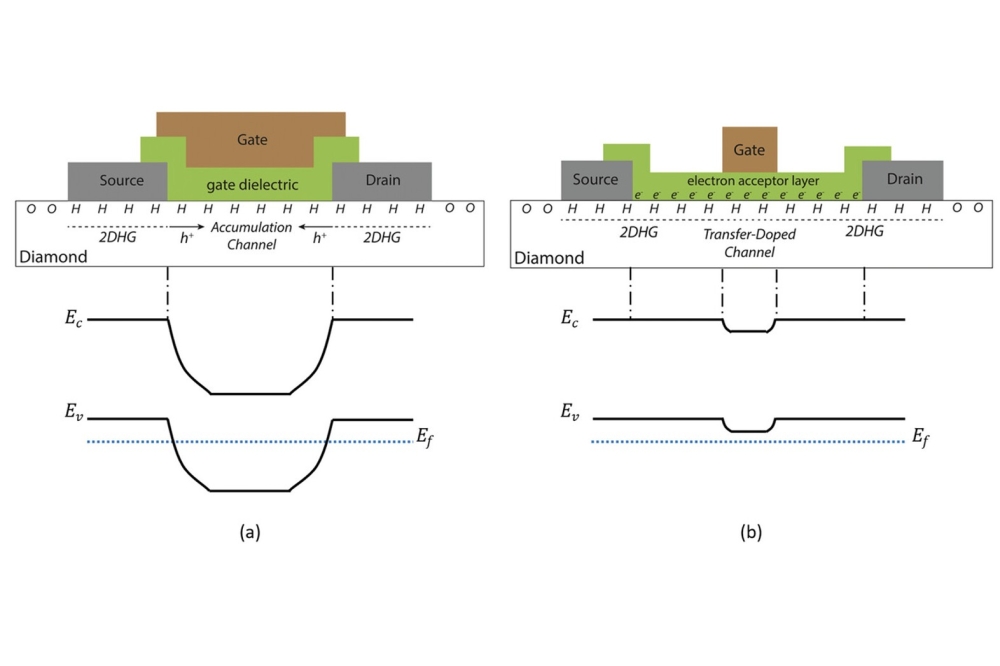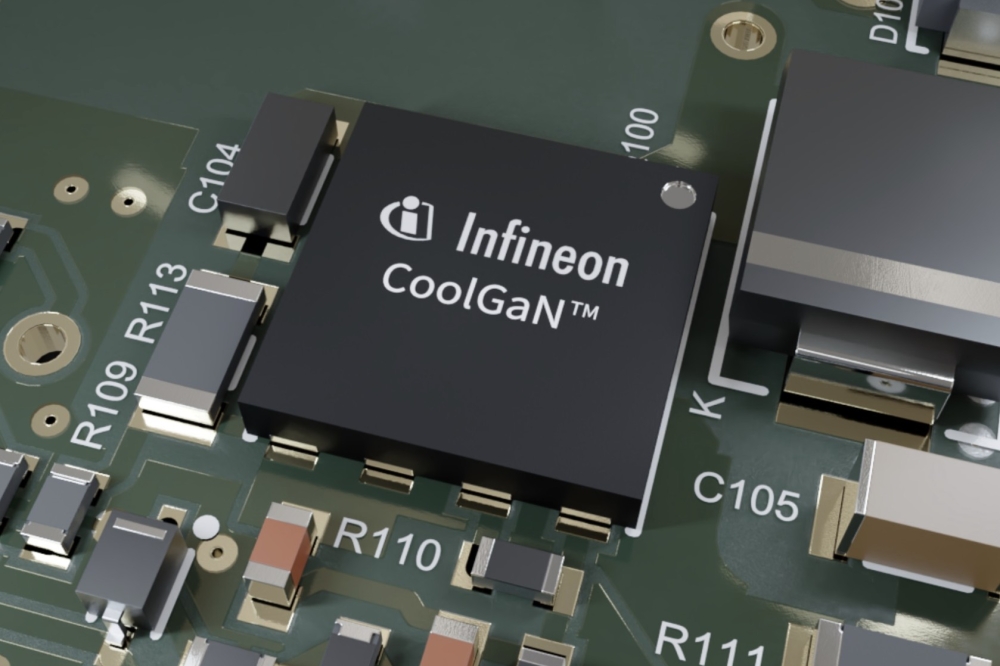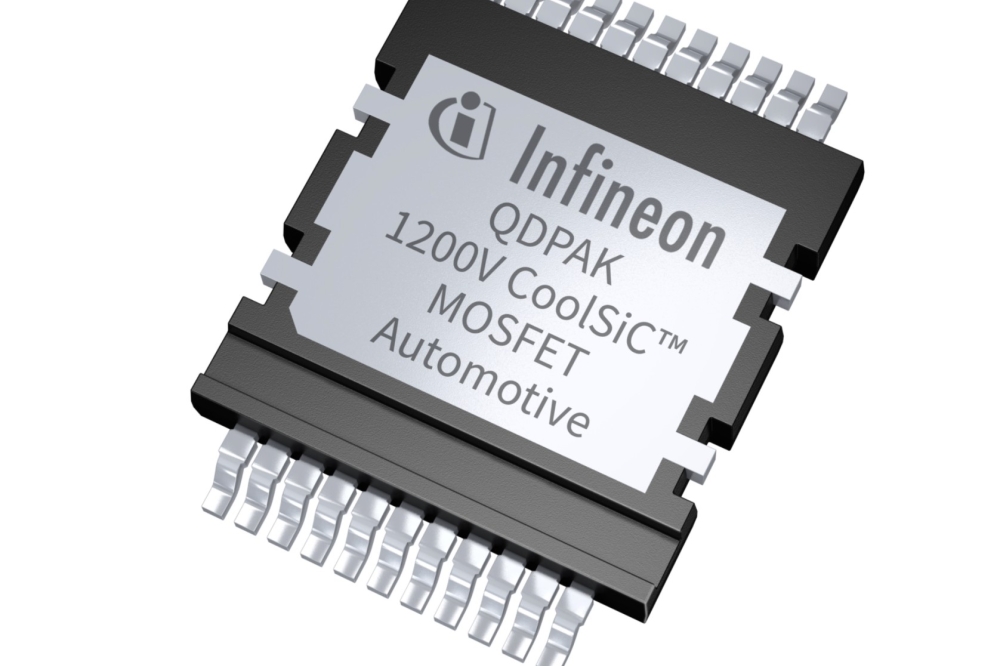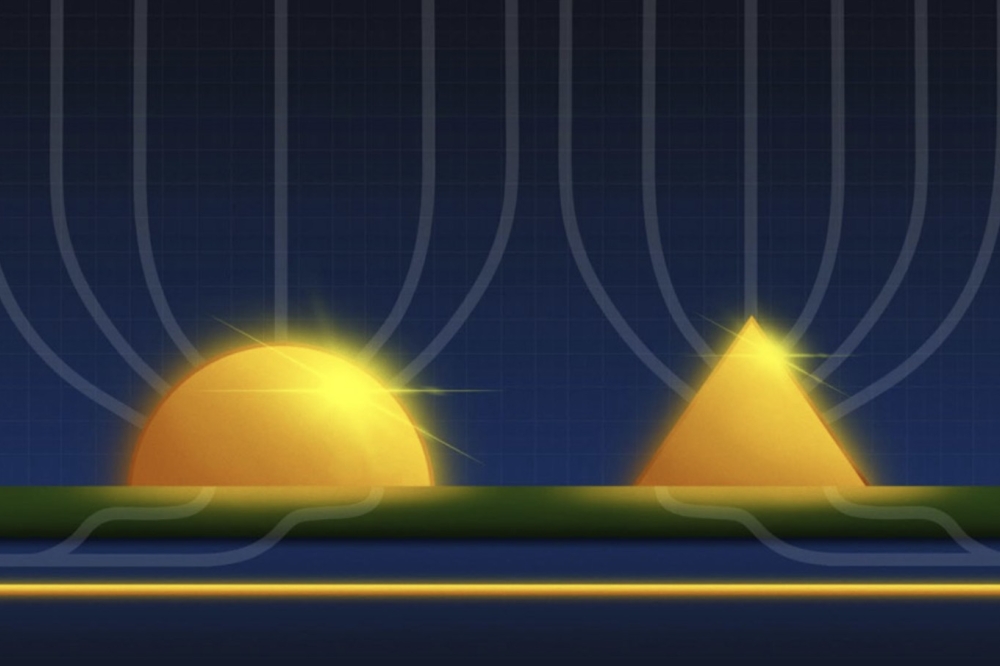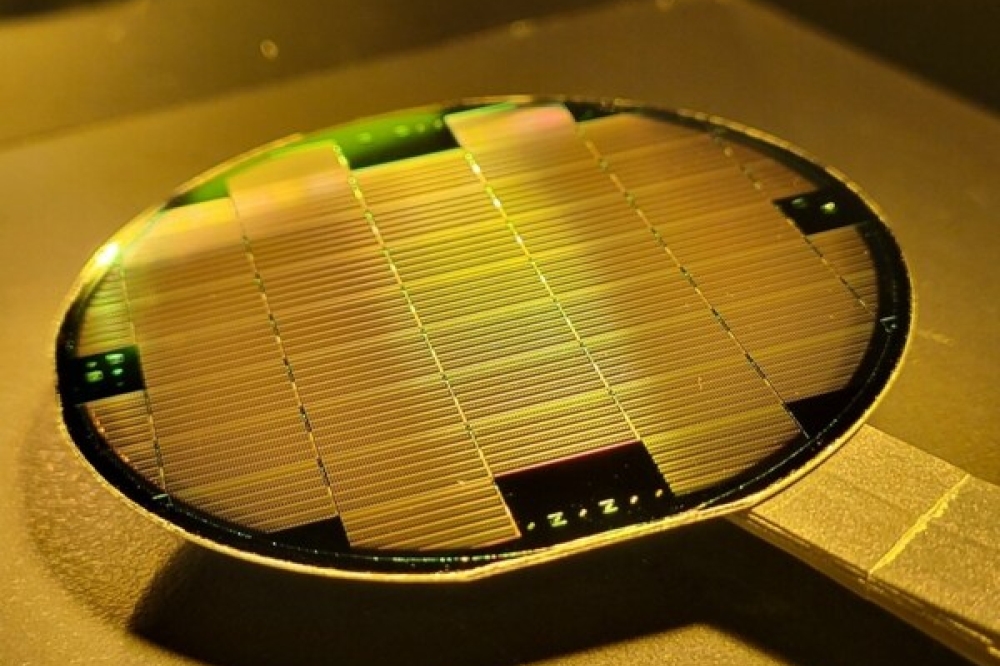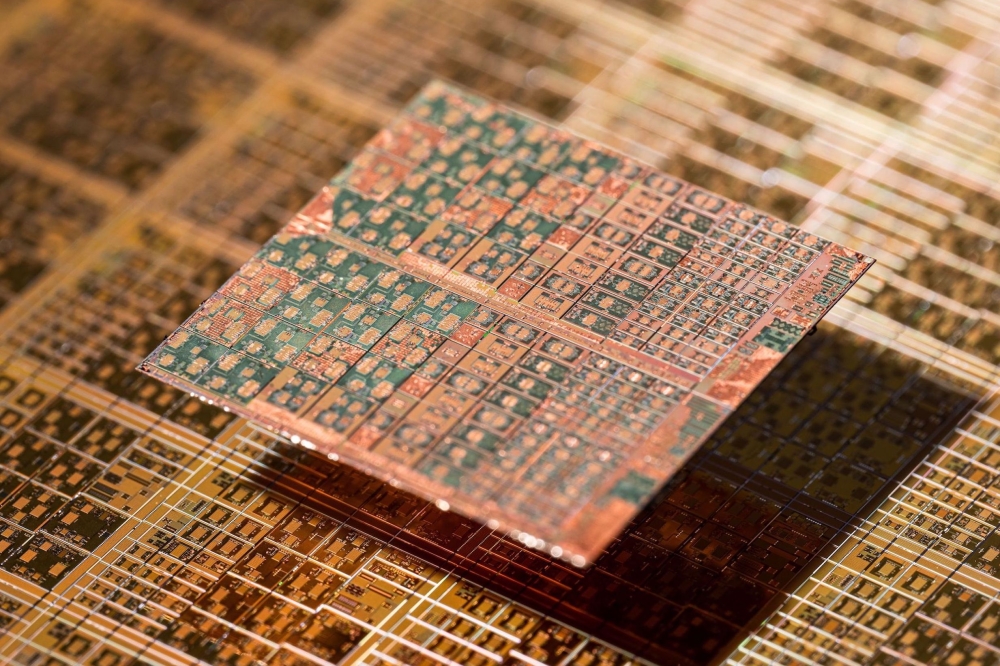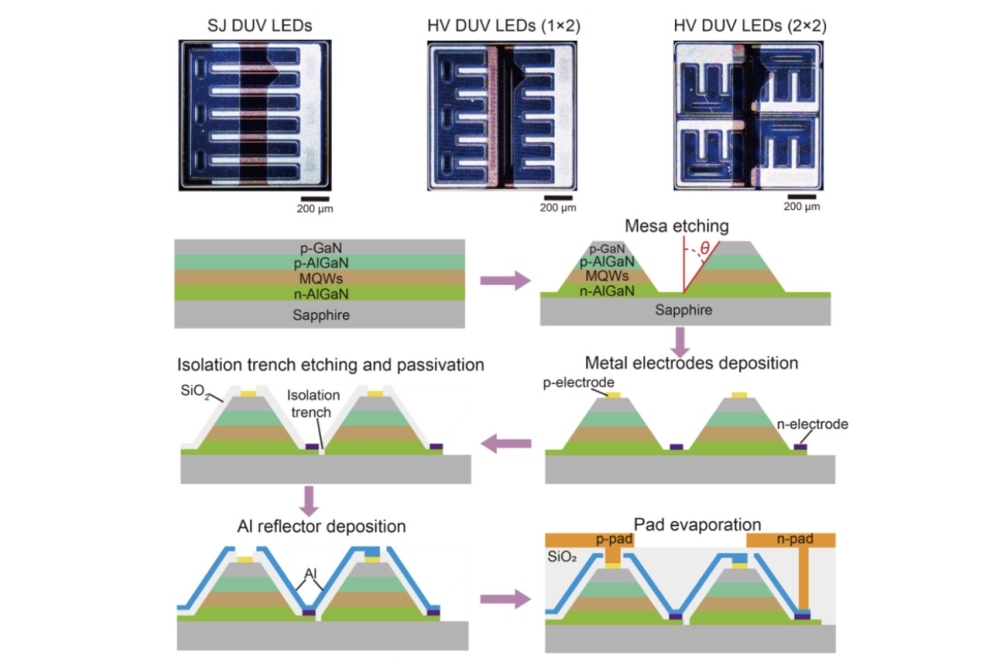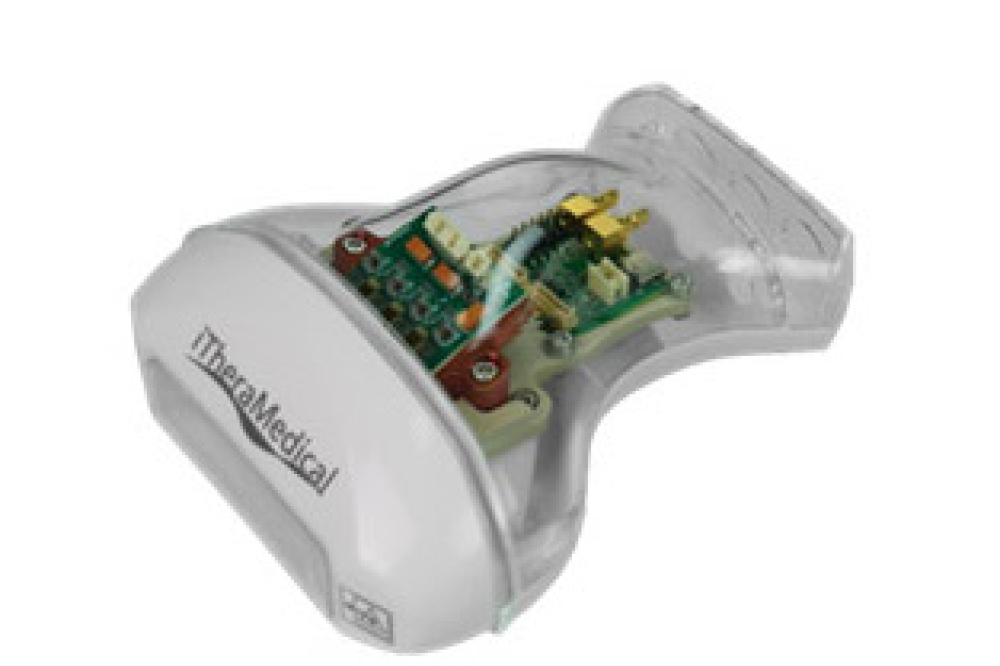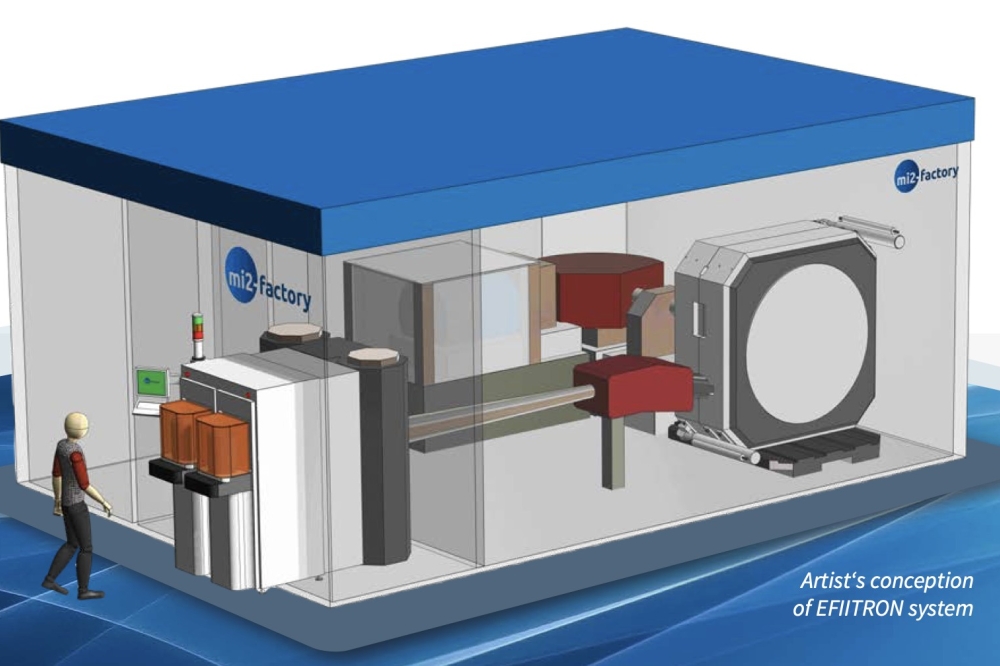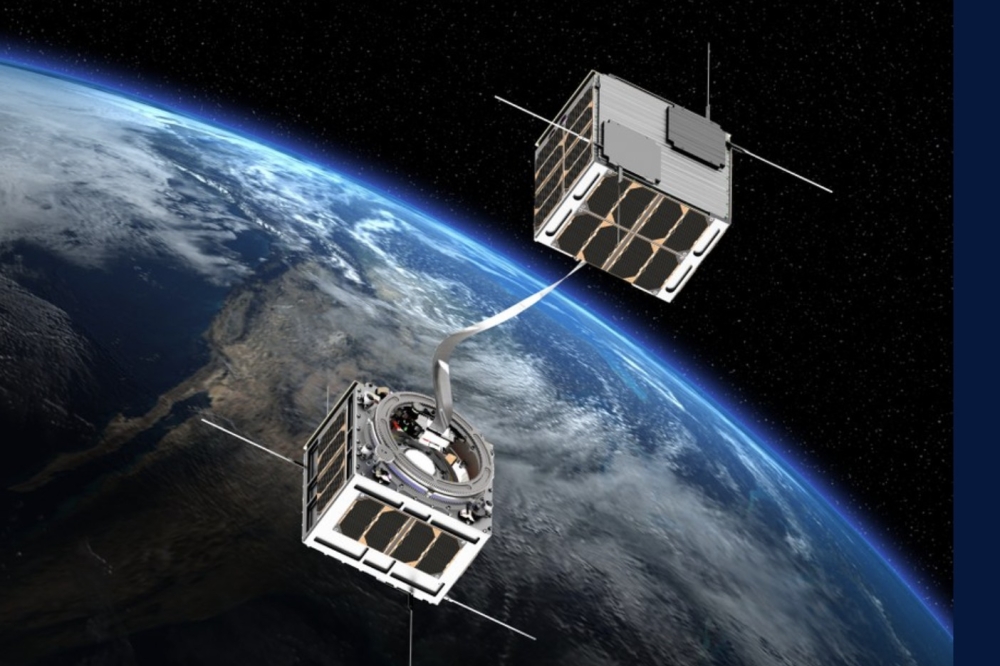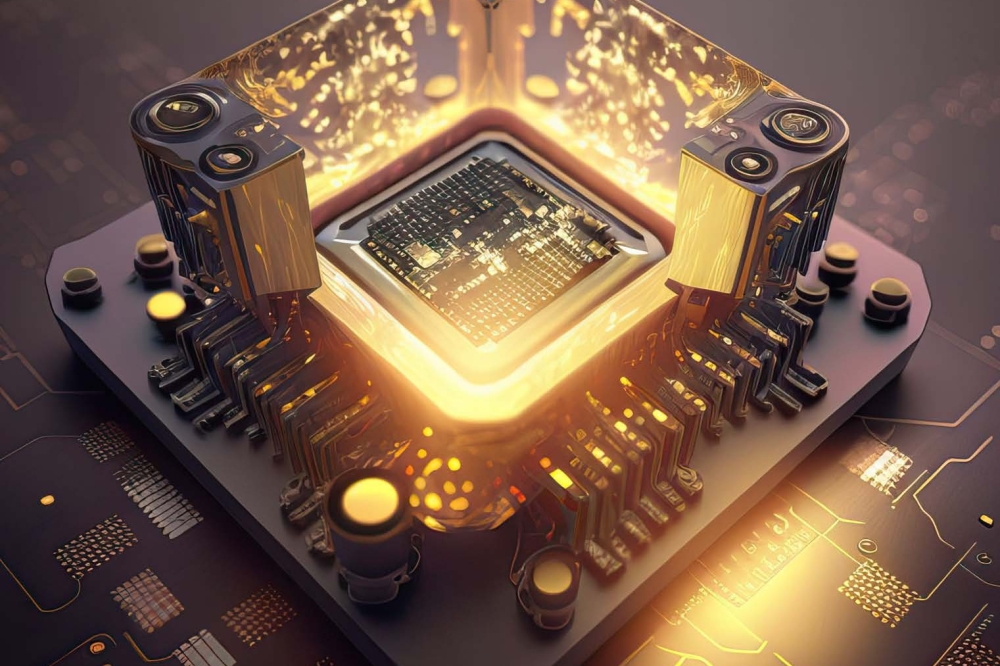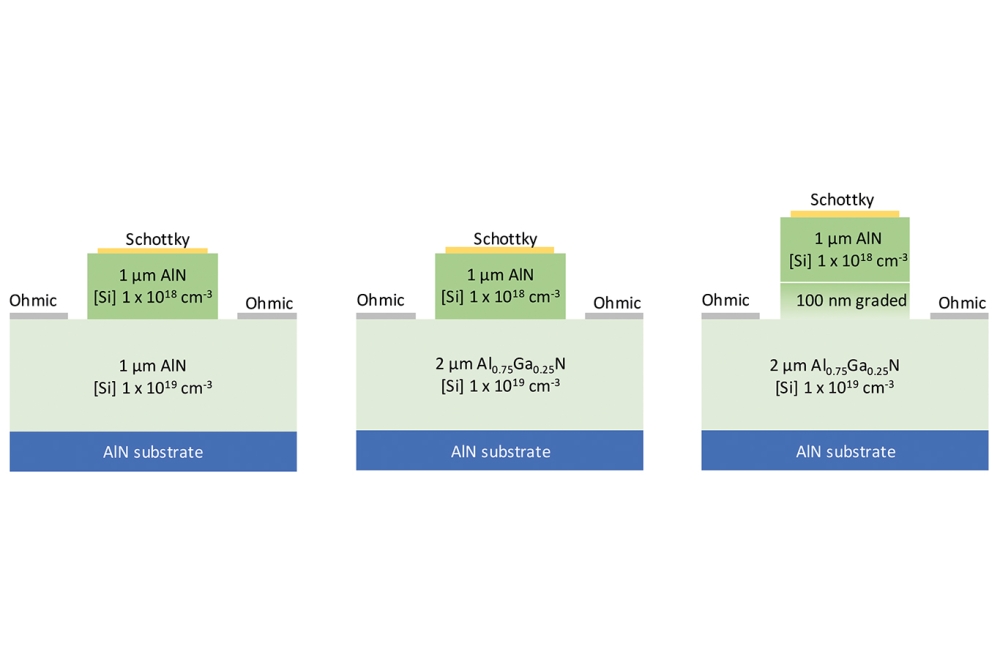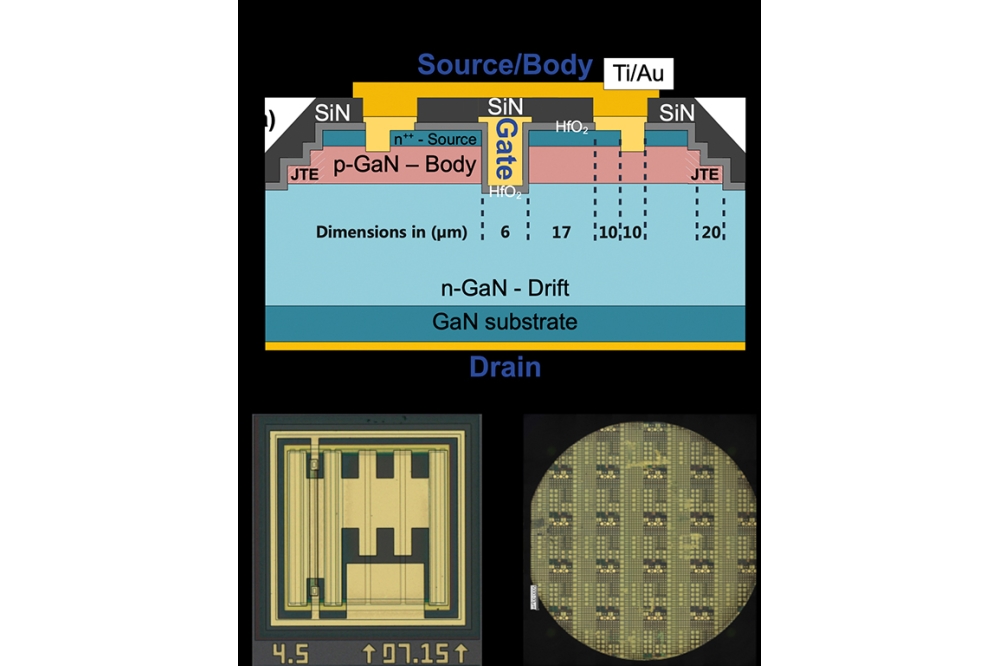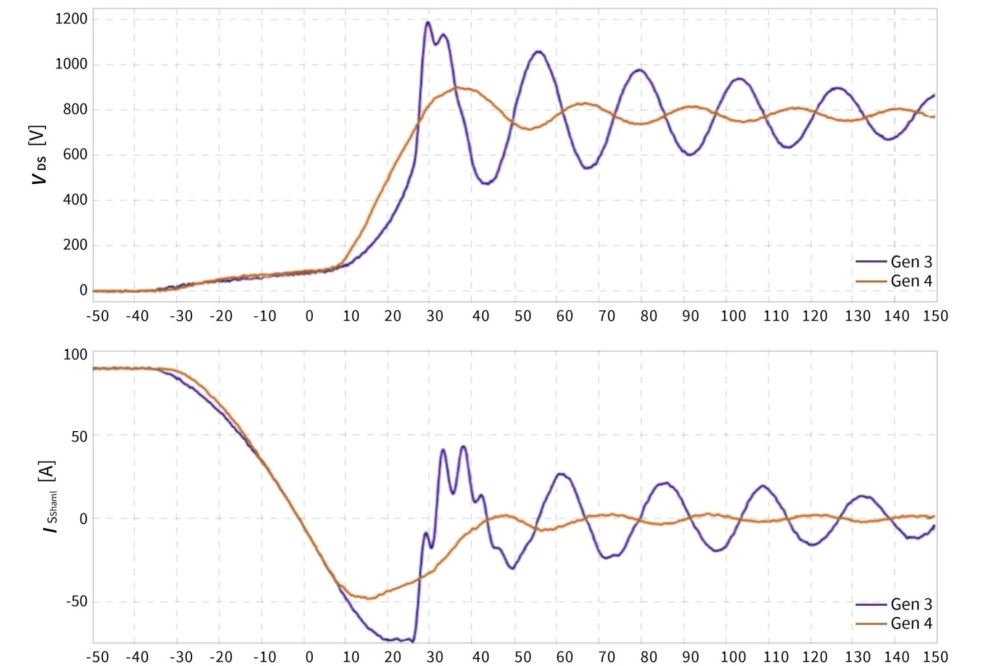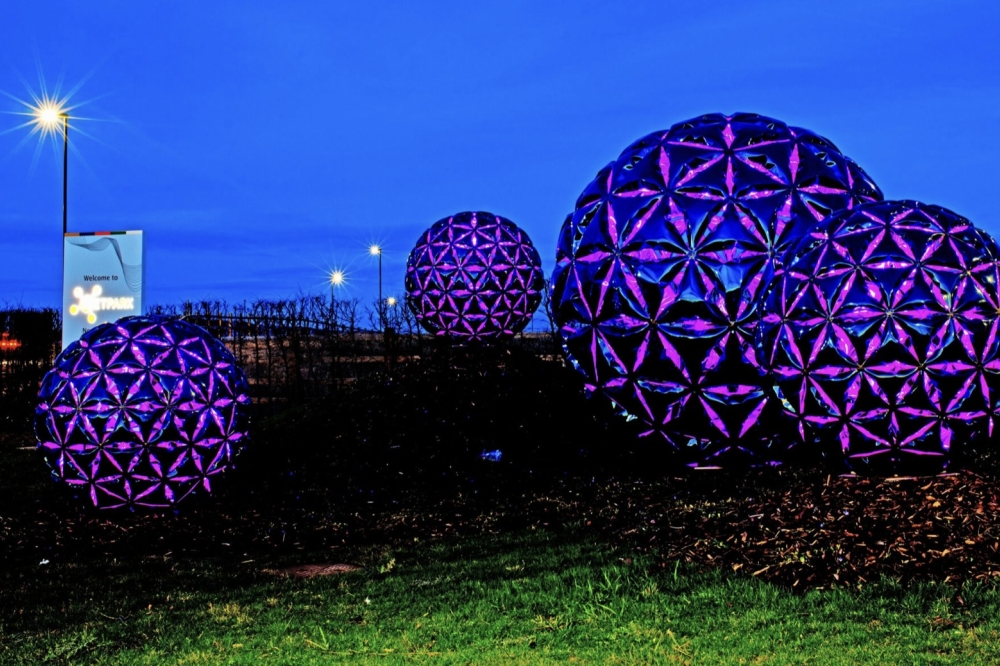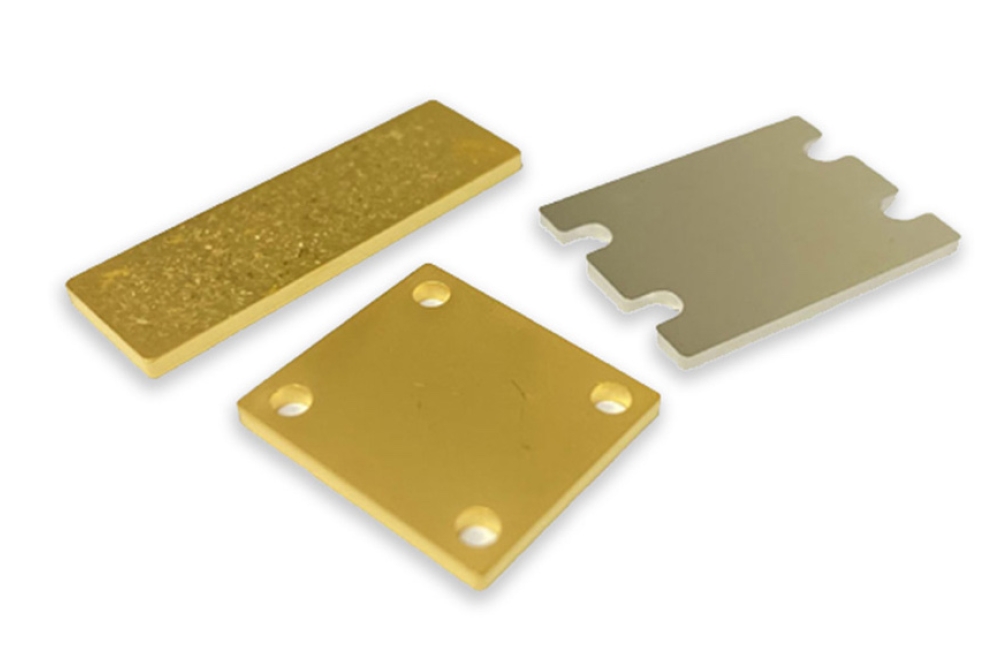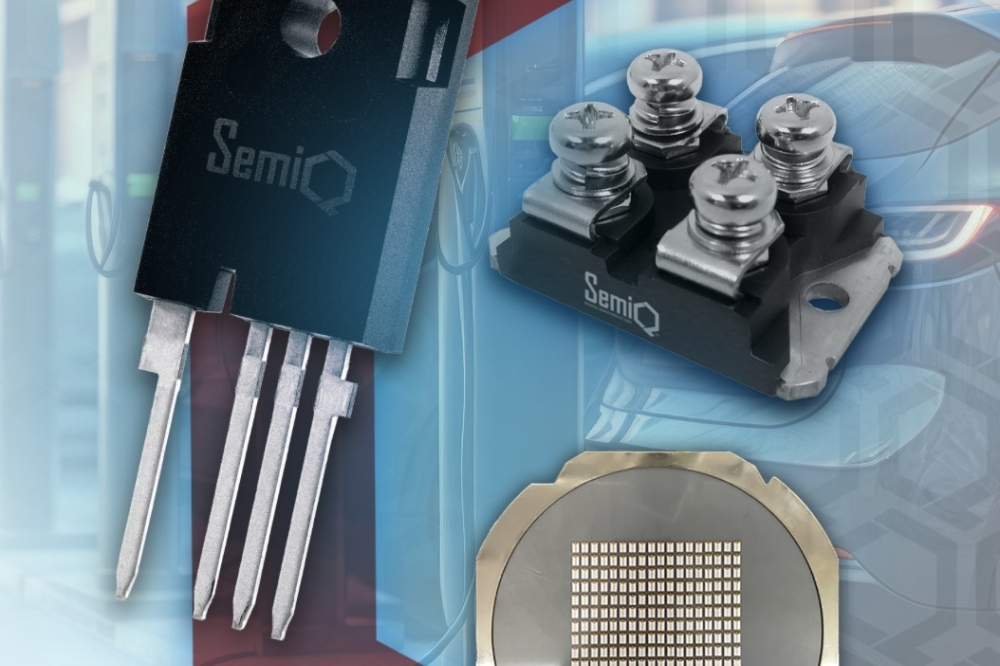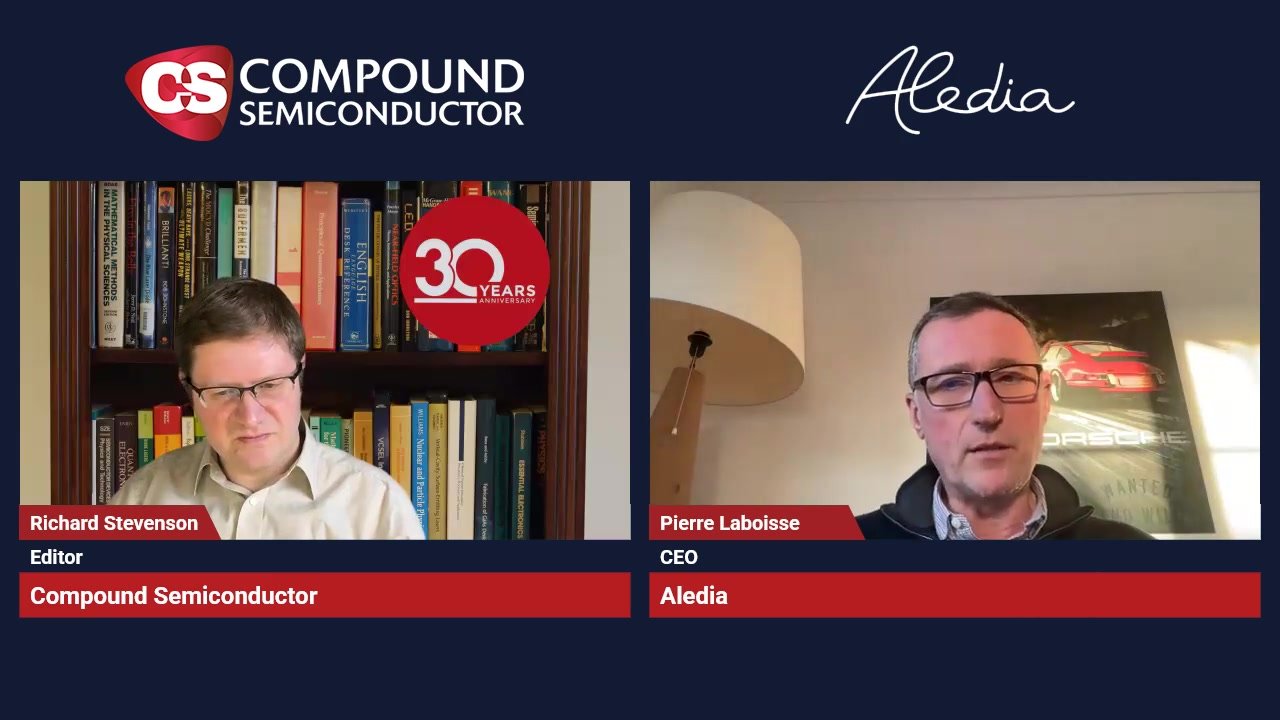Vishay adds VCSEL-based Proximity Sensor
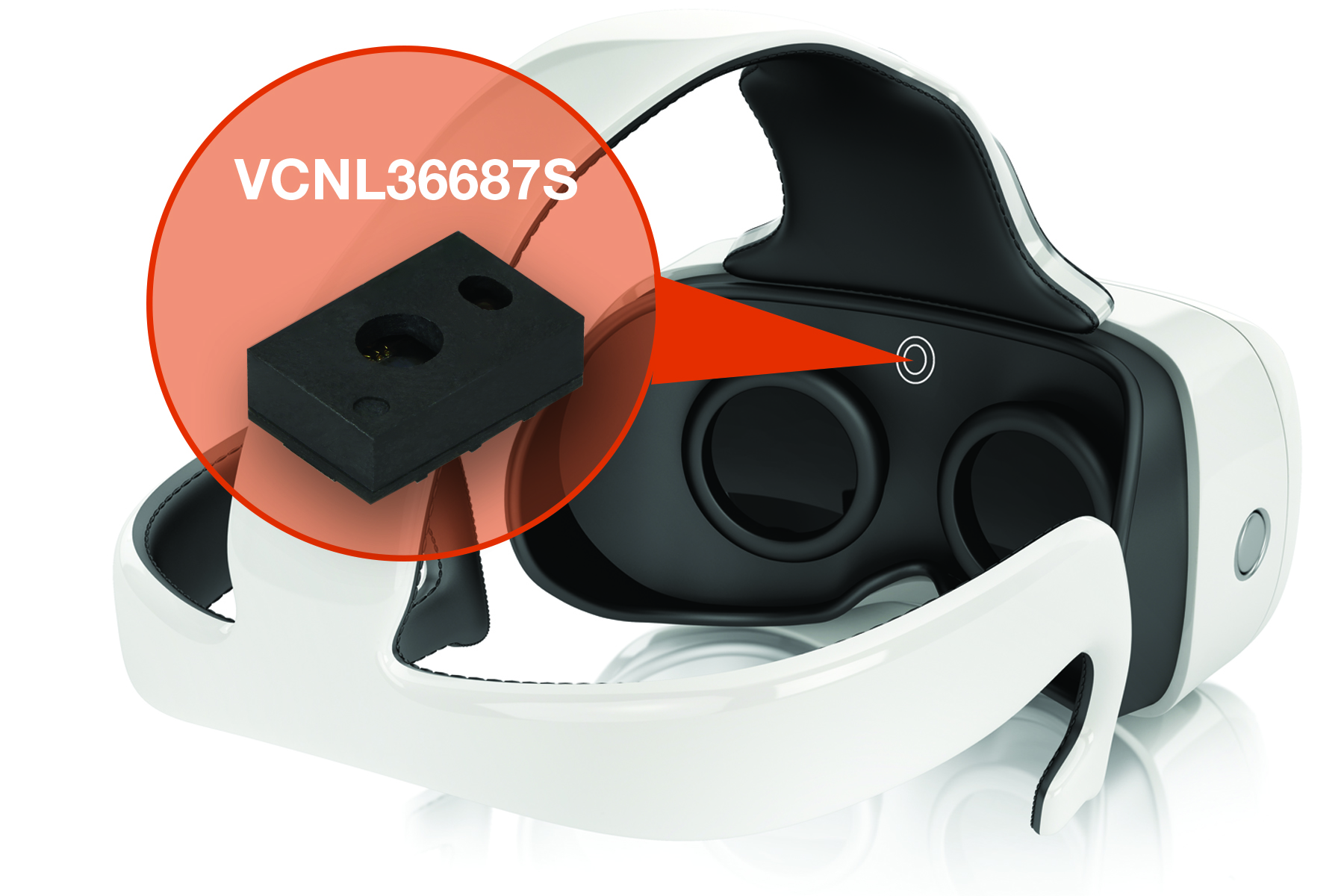
Vishay Intertechnology has introduced a fully integrated proximity sensor that combines a high power VCSEL, a photodiode, a signal processing IC, and a 12-bit ADC in a single package. The new VCNL36687S is designed to be used in smartphones, tablets, virtual reality / augmented reality (VR / AR) headsets, and other battery-operated devices.
With a range of up to 20 cm (7.9 inches), the VCNL36687S greatly simplifies the use and design-in of the proximity sensing capability in consumer and industrial applications, because no mechanical barriers are required to optically isolate the emitter from the detector. The VCNL36687S features a miniature, surface-mount 3.05 mm by 2 mm leadless package (LLP) with a low profile of 1 mm. The device's small footprint and low height make it ideal for space-constrained applications.
Mobile devices present numerous applications for the VCNL36687S, such as minimising accidental touch inputs on a smartphone that can lead to call drops and camera launch, or detecting when a user is wearing or not wearing a VR / AR headset. The VCSEL's profile of ± 3° makes the VCNL36687S suitable for applications that require narrow angle detection and minimises optical system design concerns.
Compared to previous generation devices, the VCNL36687S requires less energy to carry out the same functionality; with a 20 mA pulse current, the VCNL36687S can detect a Kodak Gray Card at a distance of 20 cm, where previous VCNL series devices required 200 mA of current.
Through its standard I2C bus serial digital interface, the VCNL36687S allows easy access to the proximity signal. Its programmable interrupt function offers wake-up functionality for the microcontroller when a proximity change occurs, which reduces processing overhead by eliminating the need for continuous polling.
Samples and production quantities of the VCNL36687S are available now, with lead times of 8 to 12 weeks.

